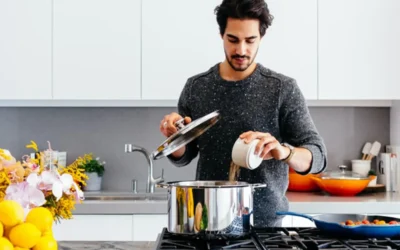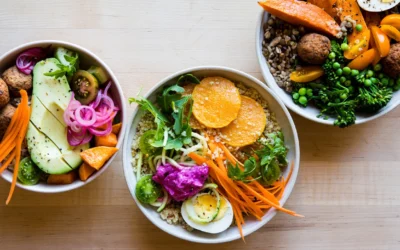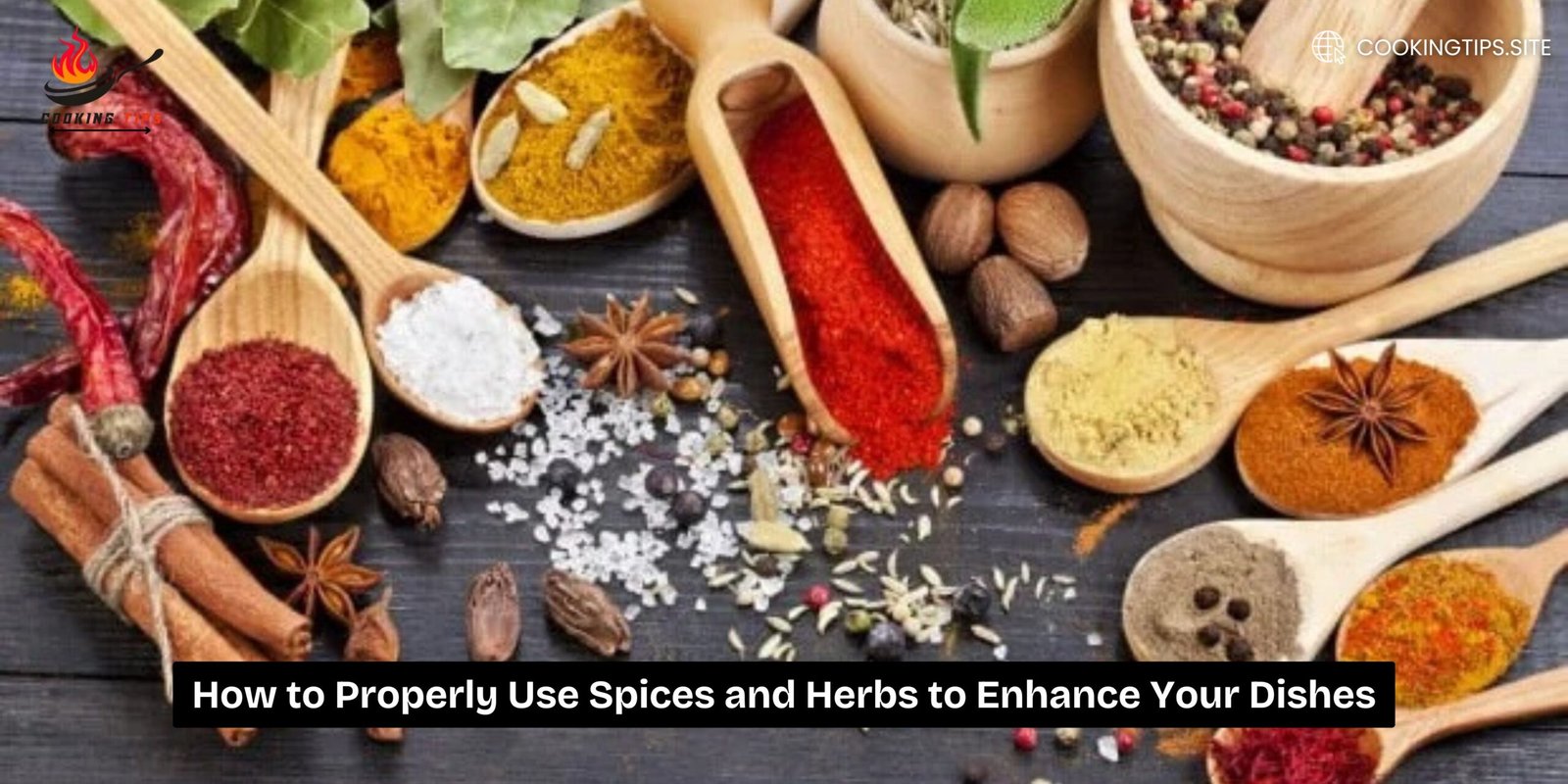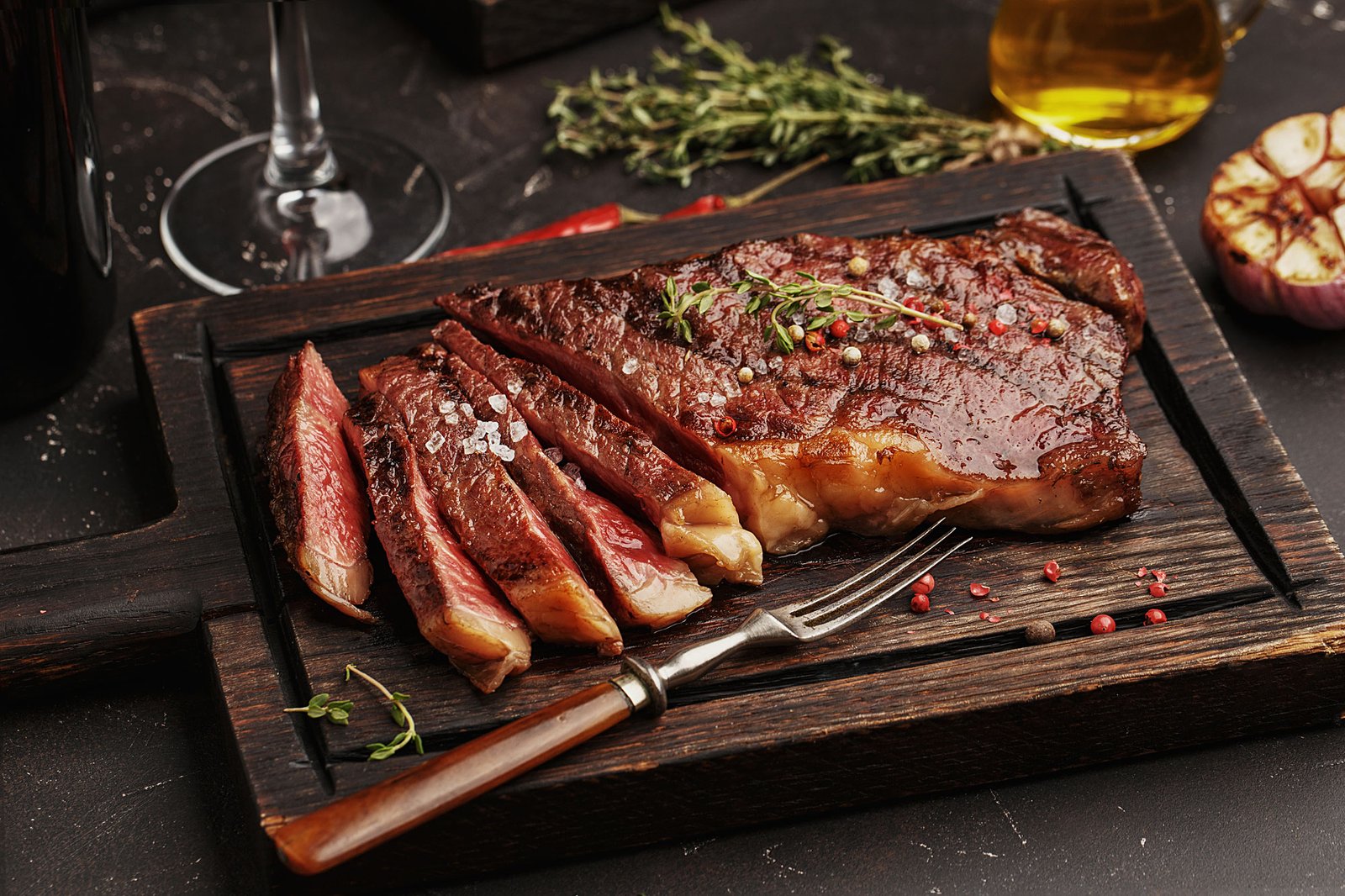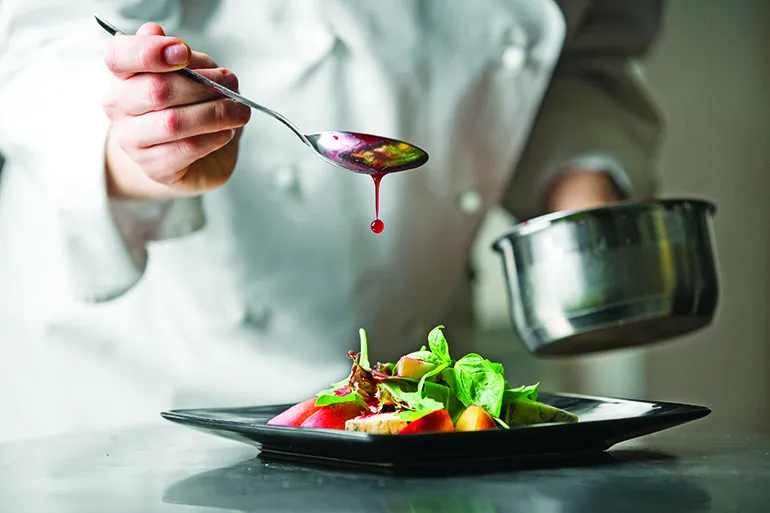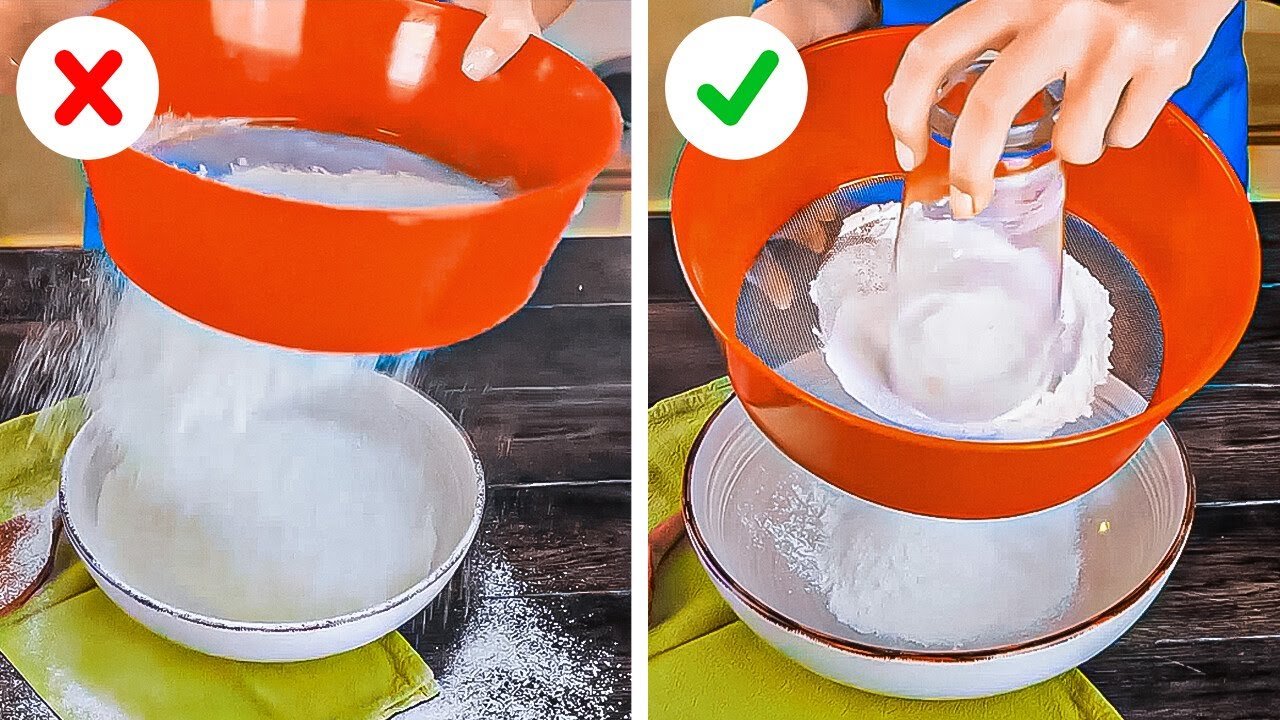Spices and herbs are the backbone of flavor in cooking. Whether you’re making a simple dish or a complex culinary creation, the right use of spices and herbs can transform your meal from ordinary to extraordinary. However, knowing how to properly incorporate them can be tricky—too much can overpower a dish, and too little can leave it flat. Here’s your guide to understanding how to properly use spices and herbs to enhance your dishes for the perfect balance of flavor every time.
1. Understand the Difference Between Spices and Herbs
Before diving into how to use spices and herbs, it’s important to understand the distinction between them:
- Herbs come from the green, leafy parts of plants. Examples include basil, parsley, thyme, and cilantro. Herbs tend to be more delicate and are often used fresh.
- Spices come from other parts of plants, such as roots, bark, seeds, or fruit. Examples include cinnamon (from bark), ginger (root), and cumin (seeds). Spices are typically more intense and are often used dried, though they can be used fresh as well.
Both spices and herbs can be used dried or fresh, but fresh herbs often offer a more delicate, aromatic flavor, while dried herbs and spices have a more concentrated, robust taste.
2. Know When to Add Herbs and Spices During Cooking
The timing of when you add spices and herbs is critical to achieving the best flavor. Here’s how to incorporate them:
- Dried Spices: These should generally be added early in the cooking process to allow them time to release their full flavor. For example, cumin, coriander, turmeric, and chili powder benefit from being sautéed in oil or butter at the beginning of cooking, which helps to “bloom” their flavors.
- Fresh Herbs: Fresh herbs are more delicate and should typically be added later in the cooking process. Adding them too early can cause them to lose their bright flavors and aromas. For instance, add basil or parsley just before serving or during the last few minutes of cooking.
- Dried Herbs: Dried herbs are more concentrated than fresh, so use them sparingly. Add dried thyme, oregano, rosemary, or bay leaves to simmering soups, stews, or sauces early on to allow their flavor to infuse the dish.
3. Know Which Spices and Herbs Pair Well Together
Understanding complementary herb and spice combinations can elevate the overall taste of your dish. Here are some classic pairings:
- Basil + Oregano + Garlic: Perfect for Italian dishes like pasta sauces and pizza.
- Thyme + Rosemary + Garlic: Ideal for roasted meats, especially chicken, lamb, and pork.
- Cilantro + Lime + Chili: A fresh combo for Mexican, Indian, or Southeast Asian dishes.
- Cumin + Coriander + Paprika: Great for curries, chili, and Middle Eastern or Mexican-inspired meals.
- Mint + Parsley + Lemon: Often used in Mediterranean and Middle Eastern cuisine, this fresh combination is excellent for salads and tabbouleh.
Experimenting with different herb and spice combinations can lead you to unique flavor profiles for your dishes.
4. Use Spices and Herbs in the Right Amount
One of the most common challenges in cooking with spices and herbs is finding the right balance. Here’s how to ensure your dish is perfectly seasoned:
- Start with Small Amounts: Always start with a small amount of spices or herbs and taste as you go. You can always add more, but you can’t remove excess flavor once it’s in the dish.
- Adjust to Taste: After adding spices, taste your dish, and if needed, add a pinch more. This is especially important with stronger spices like cayenne pepper or cinnamon, as they can easily overpower the dish if used in excess.
- Don’t Forget Salt: Salt is often the most important seasoning in a dish. It helps to amplify the natural flavors of both herbs and spices. Be sure to season your dish with salt at various stages of cooking, adjusting as necessary.
5. Toast or Bloom Spices for Extra Flavor
To bring out the full potential of your dried spices, you can toast or “bloom” them. This technique involves heating spices in a small amount of oil or butter at the beginning of cooking. It activates their essential oils and releases more intense, complex flavors.
- How to Toast Spices: Place whole or ground spices (such as cumin, coriander, mustard seeds, or black pepper) in a dry skillet over medium heat. Stir them constantly for about 30 seconds to a minute, until they release their aroma. Be cautious not to burn them.
- How to Bloom Spices: Heat a bit of oil or butter in a pan and add your dried spices. Stir them for a minute or two, allowing the heat to activate their flavors. This is particularly effective for spices like curry powder, paprika, or garam masala.
6. Fresh vs. Dried Herbs: Which to Use When
There’s no universal rule, but understanding when to use fresh versus dried herbs can improve the texture and flavor of your dish:
- Use Fresh Herbs: For finishing dishes or when you want a burst of bright, vibrant flavor. Fresh herbs are best used in salads, dressings, and garnishes, or at the end of cooking.
- Examples: Parsley, basil, cilantro, dill, chives, mint, tarragon.
- Use Dried Herbs: For longer cooking times, like in soups, stews, sauces, and marinades. Dried herbs have a more concentrated flavor that holds up well during prolonged cooking.
- Examples: Thyme, rosemary, oregano, sage, bay leaves.
7. Make Herb and Spice Blends
Creating your own herb and spice blends is an excellent way to add consistency and depth to your dishes. Here are a few common blends you can easily make at home:
- Italian Seasoning: A blend of oregano, basil, rosemary, thyme, and garlic powder. Perfect for pasta sauces, pizza, and roasted vegetables.
- Curry Powder: A mix of turmeric, cumin, coriander, ginger, cinnamon, and chili powder. Great for Indian curries, soups, and rice dishes.
- Garlic Herb Blend: A combination of garlic, parsley, thyme, and rosemary. Excellent for meats, potatoes, and even bread.
Store your homemade blends in airtight containers, and remember that dried herbs and spices lose potency over time, so make small batches to ensure freshness.
8. Experiment with Infused Oils and Vinegars
Infused oils and vinegars can be an easy way to add a depth of flavor to your dishes. You can make them at home by steeping herbs, spices, or citrus in oils or vinegars.
- Herb-Infused Oils: Olive oil with rosemary, thyme, or garlic adds an extra layer of flavor to everything from salads to roasted vegetables.
- Spiced Vinegars: Vinegar infused with peppercorns, cloves, or chili peppers can make a great addition to salad dressings, sauces, or as a tangy condiment.
To make infused oils or vinegars, simply place your chosen herbs or spices in a bottle and fill it with your oil or vinegar. Let it sit for at least a few days (preferably a couple of weeks) to allow the flavors to meld.
9. Store Your Spices and Herbs Properly
Spices and herbs can lose their potency over time, so proper storage is crucial for maintaining their flavors.
- Store in a Cool, Dark Place: Both dried herbs and spices should be stored in airtight containers, away from heat, light, and moisture. A pantry or cupboard is ideal.
- Don’t Keep Them Too Long: Dried herbs and spices should be replaced every 1-2 years, as they lose their strength over time. Fresh herbs should be used within a week or two for maximum flavor.
Conclusion
Mastering the use of spices and herbs is one of the most rewarding aspects of cooking. With just a pinch of the right spice or a handful of fresh herbs, you can elevate any dish, making it flavorful and memorable. By understanding how to balance flavors, when to add them, and how to combine herbs and spices, you can create culinary masterpieces every time. Don’t be afraid to experiment—seasoning is an art, and with these tips, you’ll soon be using herbs and spices like a pro!

